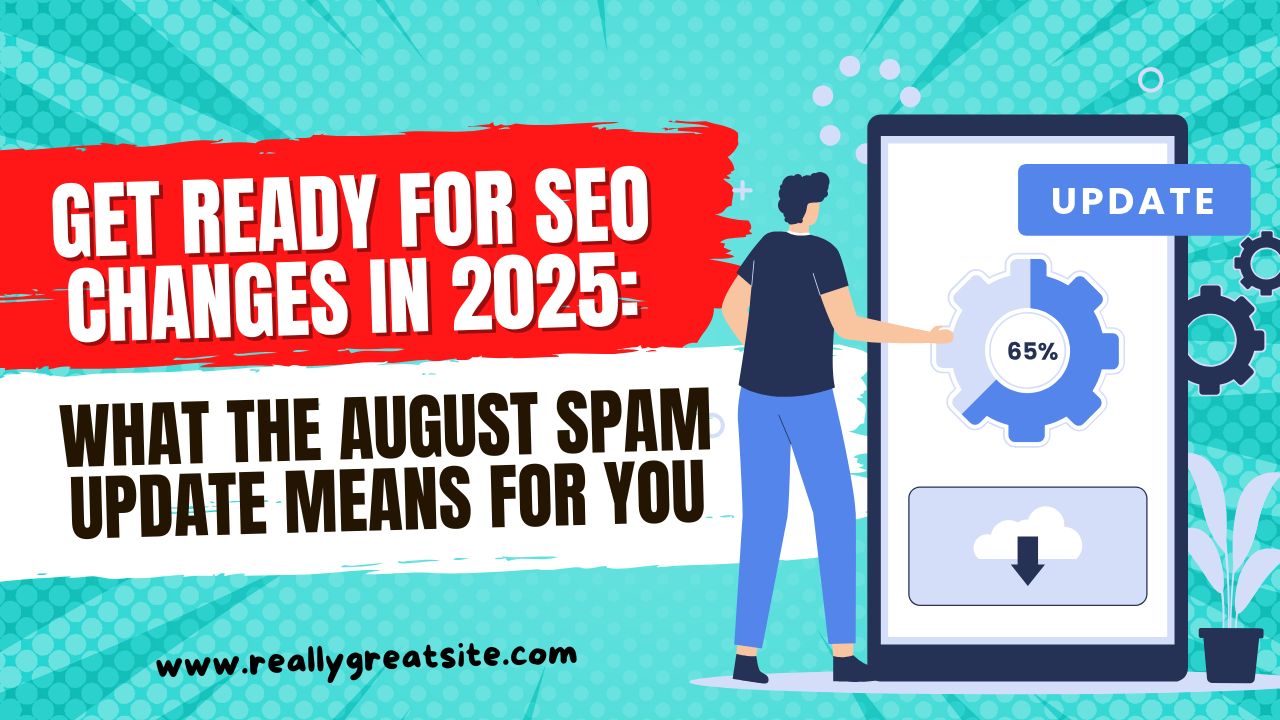Get Ready for SEO Changes in 2025: What the August Spam Update Means for You

In this blog post, we will outline what this update entails, who it affects and most importantly--how you can stay safe while benefitting from these changes.
What Occurred on August 26th 2025?
Google recently unveiled a global spam update that will gradually roll out over several weeks. As opposed to its "core update" which affects search results globally, this one targets spammy content and practices more specifically.
Focused efforts are clearly on optimizing search results by eliminating content that does not offer real value to users.
What Is Google Targeting in This Update?
As per SEOs and experts' observations, here is what Google seems to be cracking down on:
Low-quality or thin content
Pages containing little real information, duplicate text or filler material designed solely to increase their search ranking.
AI-generated articles without human oversight occupy an uncharted territory: articles written entirely by computers with no editing, fact-checking, or enrichment added for users.
Doorway pages & keyword stuffing
Pages created solely to rank for particular terms without actually helping users solve their actual issue are known as doorway pages and keyword stuffing, respectively.
Spammy backlinks Paid links, manipulative link exchanges and other subpar link schemes that entrap consumers are examples of spammy backlinks.
Index Delays & Volatility Many SEOs have reported slower indexing of new content as well as wider ranking swings for their clients.
Who Will Be Most Affected by These Changes?
Websites hosting large amounts of AI content without review or enhancement have been flagged for improvement.
Affiliate sites featuring sparse product reviews or generic product descriptions could potentially earn higher commissions by providing affiliate products with generic product information.
Businesses utilizing manipulative SEO tactics such as link farms or doorway pages.
New blogs which regularly release unedited articles in large amounts.
Content that is of high-quality, original, and tailored towards humans could actually bring results; by contrast, spammy competitors could see their rankings drop due to such content.
How Can You Secure Your Website?
Here are six effective steps that will keep your site strong during and after an update:
1. Audit Your Content
Evaluate all existing blogs and pages. Remove thin or repetitive articles while prioritizing those which will provide real help to readers.
2. Employ AI Carefully
AI tools can provide valuable inspiration or drafts, but always ensure to add your personal touches and expertise before publishing any piece.
3. Generate Clean Backlinks
Create natural backlinks through partnerships, guest blogging platforms, PR mentions or community involvement. Avoid shortcuts.
4. Improve E-E-A-T
Present Your Experience, Expertise, Authoritativeness, and Trustworthiness by way of author bios, credible references, and transparent sources.
5. Monitor Your Analytics
Use Google Search Console and Analytics to monitor rankings changes on individual web pages. Notice when rankings go down or up and make necessary adjustments accordingly.
6. Be Patient
Updates typically roll out over weeks. Don't become alarmed if sudden rank changes appear - wait, monitor, and then devise a response strategy before responding accordingly. Stay tuned to our website www.prayug.com for new updates
Top Blog Posts





